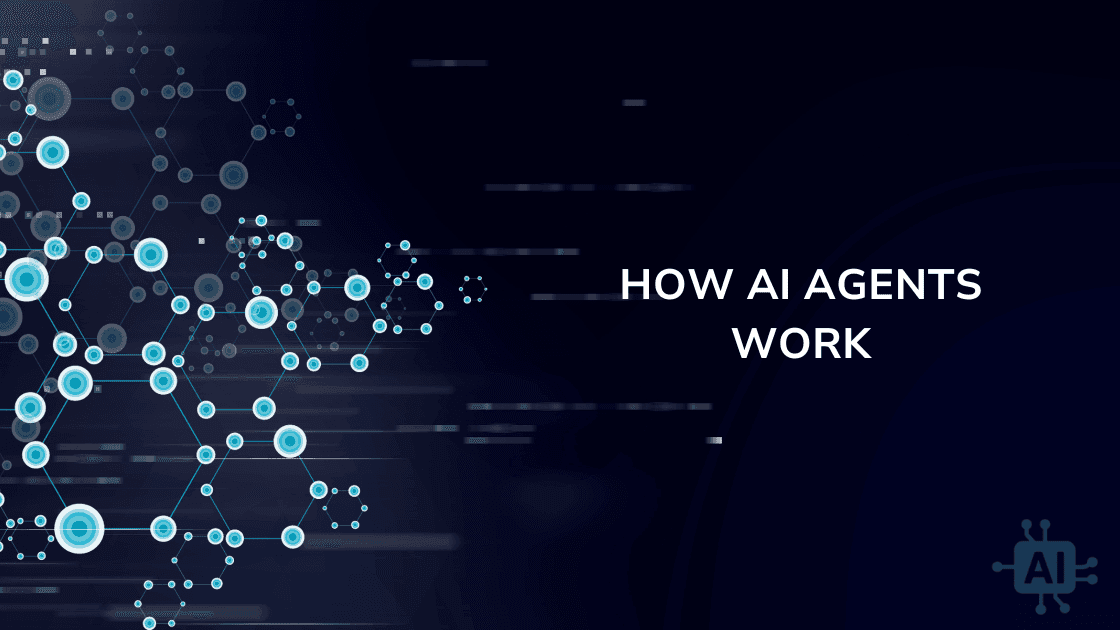How Do AI Agents Work?
AI agents are autonomous systems that sense, reason, and act toward a defined objective. They work by continuously observing their environment, making decisions based on those observations, and then taking action to achieve specific goals.
For example, a customer service agent might detect a user query, determine the user’s intent, and respond with the correct information. A warehouse robot agent may scan its surroundings, calculate the most efficient path, and move items accordingly. Agents can operate independently or within multi-agent systems, where they collaborate with others.
Add AI Directory suggests understanding this core workflow—observe, reason, act—when evaluating agents across use cases like automation, finance, and content generation.
How Do AI Agents Communicate With Each Other?
AI agents communicate using agent communication languages (ACLs). These languages define structured protocols that let agents share goals, beliefs, and intentions. Common ACLs include FIPA-ACL and KQML.
For example, in a fleet of delivery drones, each drone might communicate real-time location data with others to avoid collisions and optimize delivery times. In financial trading, agents may negotiate buy or sell decisions based on shared market indicators.
Add AI Directory highlights that communication is a key factor when comparing collaborative agents versus stand-alone agents.
What Is an Agent Model in AI?
An agent model defines the internal architecture of an AI agent. It describes how the agent processes information, stores knowledge, makes decisions, and interacts with its environment.
There are several types of agent models:
- Simple reflex agents act based on current conditions only (e.g., motion sensors turning on lights).
- Model-based agents maintain a representation of the world (e.g., chatbots that remember prior context).
- Goal-based agents choose actions based on a desired outcome.
- Utility-based agents aim to maximize a certain value (e.g., profit or accuracy).
Add AI Directory recommends evaluating agent models when selecting tools that need to balance speed, memory, adaptability, and autonomy.
How Do AI Voice Agents Work?
AI voice agents convert spoken language into structured tasks. They use automatic speech recognition (ASR) to convert audio into text, natural language understanding (NLU) to extract meaning, and dialog management to decide on responses. They then use text-to-speech (TTS) to reply.
For instance, when you say, “What’s the weather today?”, a voice agent identifies the intent (“get weather”), fetches the forecast, and speaks the result. More advanced voice agents can handle follow-up questions, manage smart devices, or even book appointments.
Add AI Directory suggests that voice agents are becoming essential in industries like customer support, healthcare, and home automation due to their hands-free and natural interaction capabilities.
How Do AI Agents Work in Crypto?
AI agents in crypto operate by analyzing a wide stream of signals—on-chain (wallet movements, gas fees, token activity) and off-chain (news, social media, sentiment). They follow a continuous loop of:
- Data collection — Gathering real-time blockchain and web data
- Signal processing — Identifying trends or anomalies
- Prediction — Using models to forecast market moves
- Decision-making — Executing or suggesting actions like trades or alerts
An example of an AI crypto agent is AIXBT, which helps users interpret crypto trends and identify opportunities. It tracks real-time data and provides actionable insights based on predefined strategies.
The use cases for AI crypto agents include:
- Algorithmic trading
- Wallet monitoring
- Portfolio optimization
- Risk alerts and fraud detection
- Sentiment tracking from forums and influencers
Add AI Directory notes that crypto agents must be evaluated not only for their speed and accuracy but also for transparency and adaptability to volatile environments.

